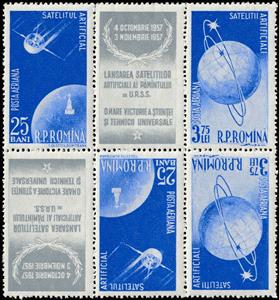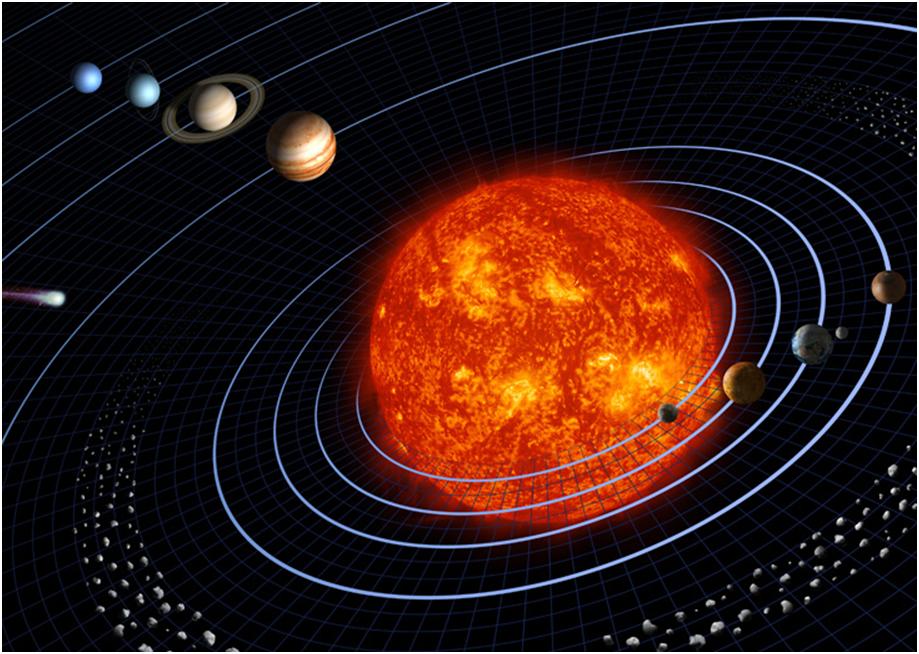Tete-Beche: Launch of the First Soviet Earth Satellites (Romania 1957)
Launch of the First Soviet Earth Satellites (Romania 1957)
06 November (Romania ) within release Launch of the First Soviet Earth Satellite goes into circulation Tete-Beche Launch of the First Soviet Earth Satellites face value 8 Romanian leu
| Tete-Beche Launch of the First Soviet Earth Satellites in catalogues | |
|---|---|
| Michel: | Mi: RO 1678-1680KD |
Tete-Beche is vertical format.
Also in the issue Launch of the First Soviet Earth Satellite:
- Tete-Beche - Launch of the First Soviet Earth Satellites face value 8;
- Tete-Beche - Launch of the First Soviet Earth Satellites face value 8;
Tete-Beche Launch of the First Soviet Earth Satellites it reflects the thematic directions:
Celestial bodies or heavenly bodies are objects in space such as the sun, moon, planets, and stars. They form a part of the vast universe we live in and are usually very far from us.
A globe is a spherical model of Earth, of some other celestial body, or of the celestial sphere. Globes serve purposes similar to maps, but, unlike maps, they do not distort the surface that they portray except to scale it down. A model globe of Earth is called a terrestrial globe. A model globe of the celestial sphere is called a celestial globe
Outer space (or simply space) is the expanse that exists beyond Earth's atmosphere and between celestial bodies. It contains ultra-low levels of particle densities, constituting a near-perfect vacuum of predominantly hydrogen and helium plasma, permeated by electromagnetic radiation, cosmic rays, neutrinos, magnetic fields and dust. The baseline temperature of outer space, as set by the background radiation from the Big Bang, is 2.7 kelvins (−270 °C; −455 °F)
A satellite or artificial satellite is an object, typically a spacecraft, placed into orbit around a celestial body. They have a variety of uses, including communication relay, weather forecasting, navigation (GPS), broadcasting, scientific research, and Earth observation. Additional military uses are reconnaissance, early warning, signals intelligence and, potentially, weapon delivery. Other satellites include the final rocket stages that place satellites in orbit and formerly useful satellites that later become defunct.




